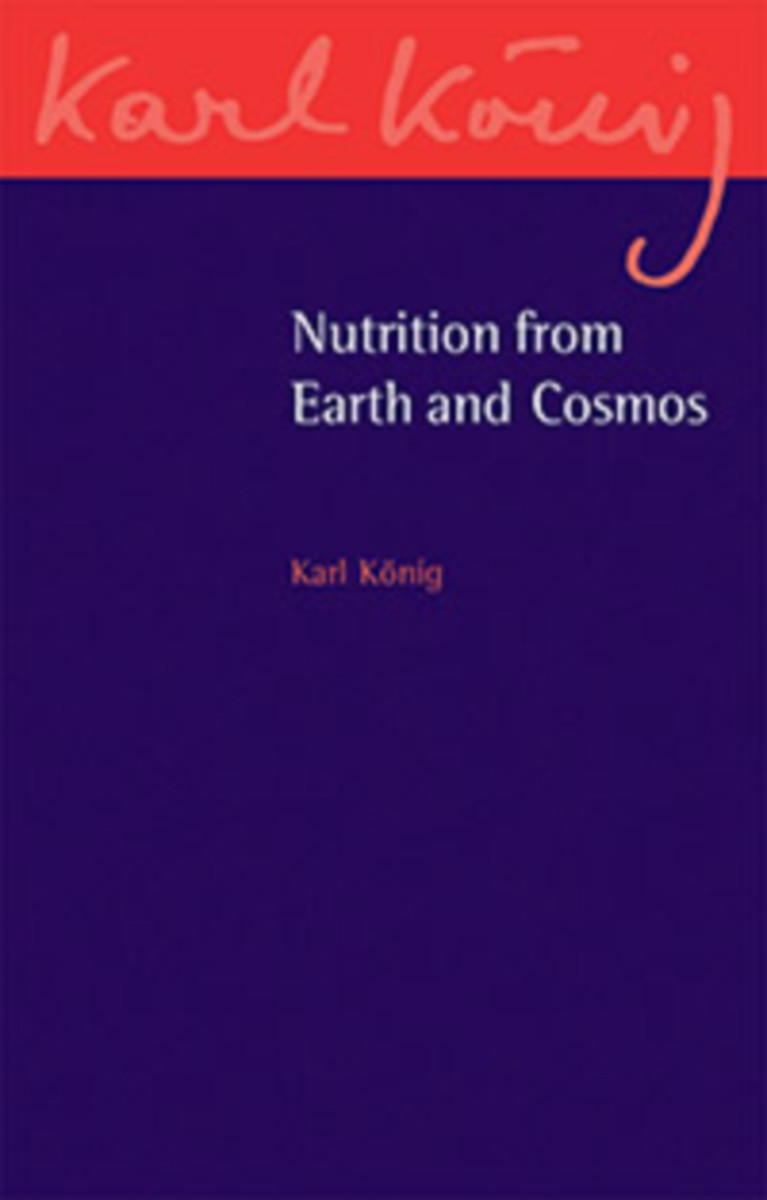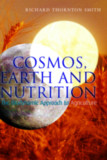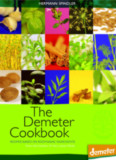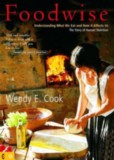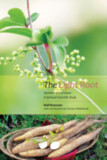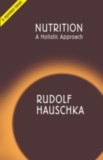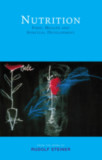Edited by Carlotta Dyson and James A. Dyson
Translated by Carlotta Dyson and James A. Dyson
Contributions by Erdmut Schädel, Petra Kühne and Anita Pedersen
Series edited by Richard Steel
- Publisher
Floris Books - Published
15th June 2015 - ISBN 9781782501633
- Language English
- Pages 400 pp.
- Size 5.5" x 8.5"
Food quality is an important issue for our modern world. There is an increasing awareness that empty calories and mass-produced food don't offer the quality nutrition that people need, and that smaller amounts of better-quality food could help combat the epidemic of obesity sweeping the Western world.
Karl König recognized the significance of human nutrition nearly one hundred years ago. In the 1920s, he began lecturing on the subject as part of a program of social help in deprived city areas, and in 1936 he gave a course for physicians and educators.
This book contains two essays and sixteen lectures, ranging from the significance of nutrition in early childhood and during illness and descriptions of the digestive process and the inner organs from a spiritual point of view to his ideas on the future development of nourishment. König's work is introduced by three contemporary researchers into nutritional practice, and finishes with König's appreciation of the only mealtime grace given by Rudolf Steiner.
“Much has changed—for both better and worse—since König gave these lectures, but the importance of two streams of nutrition and of our relationship with the cosmos has not.... There is much in these lectures that is thought-provoking.” —Paul Carline, New View
“Karl König would have certainly embraced and carried forward these scientific findings.... This book will be appreciated by many sympathetic readers who want to deepen their grasp on the past elements that have informed the growth and development of the Camphill movement.” —Simon Hanks, New View
C O N T E N T S:
A Note about this Volume by Richard Steel
Nutrition and Healing by Erdmut Schädel
Anthroposophical Research into Nutrition by Petra Kühne
Nutrition from Cosmos and Earth: a Contemporary Question by Anita Pedersen
Cosmic and Earthly Nutrition
1. Nutrition in General
2. Vegetarian Food or Meat
3. Childhood and Infant Nutrition
4. Special Diets
The Cultural Impulse of Agriculture
1. Milk and Blood
2. Feces and the Brain
3. The Rain of Cosmic Nutrition
Earthly and Cosmic Nutritional Streams in Human Beings and Plants
1. The Contrast between the Senses and Digestion
2. Nutrition in Digestion and the Senses
3. Silica and Calcium
4. The Endocrine Glands
The Meteorological Organs
1. Introduction
2. The Lung
3. The Speres surrounding the Earth
4. The Liver
5. The Kidney
6. The Heart
Two Essays
The Relation of the Intestine and Brain
The Plant-seeds are Quickened
Karl König
Dr. Karl König (1902–1966) born on September 25th 1902 in Vienna, Austria, the only son of a Jewish family who owned a shoe shop. He studied zoology, biology, and medicine at the University of Vienna, graduating in 1927. During his studies on embryology, König encountered the works of Rudolf Steiner through Goethe's scientific writings. He immediately identified with Steiner and was soon acquainted with a number of his followers, including Ita Wegman.
Upon graduation, König was offered several high-profile positions in Vienna, but instead accepted an invitation from Ita Wegman to join her clinic in Arlesheim, Switzerland.
König's time at the Clinic would shape the Camphill movement. It was here that he met his wife and co-founder, Tilla Maasberg, and it was here that he first witnessed the Advent Garden. During this festival, during which children with learning disabilities circle a spiral of moss, lighting a candle from a large central beacon, he promised to dedicate his life “to the care and education of these children.”
Following his time at Arlesheim, König moved to Germany and was involved in founding the Pilgramshain Institute—one of the early curative educational (therapeutic) centers based on anthroposophy. However, due to the political pressure of the Nazi regime, König was forced to leave Germany in 1936. He returned to Vienna, where he operated a successful medical practice and led anthroposophic study groups until 1938.
Fleeing Austria after Nazi annexation in 1938, König became part of a small group of doctors, teachers, and artists to be granted political asylum in the United Kingdom in 1939. König moved to Aberdeenshire, Scotland, where this group founded a home for children with learning disabilities, which became the beginning of the Camphill movement. After World War II, more schools were established, as well as curative education villages for adults with disabilities, based on the ideal of working together as a community.
In the following decades, König's Aberdeenshire community grew and expanded into Britain, Europe, and North America, becoming the Camphill movement we know today. During this period, König worked tirelessly to help children and adults with special needs through publications, talks, and seminars—as well as by establishing communities around the world.
Karl König returned to Germany in 1964 and began yet another community, this one near Überlingen, on Lake Constance (Bodensee), where he died in 1966.


